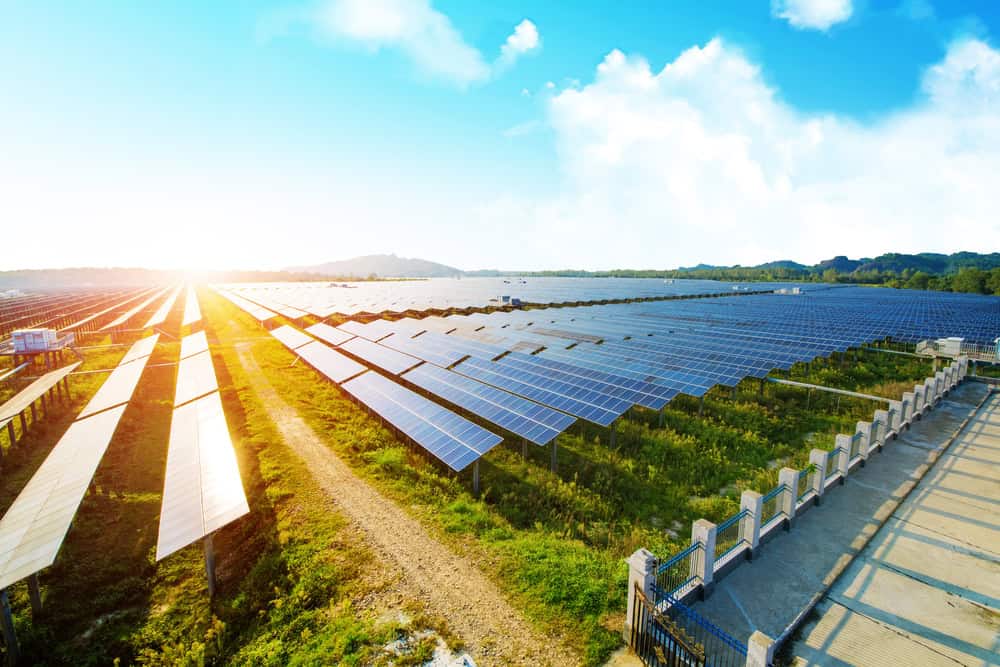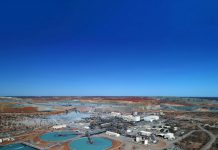Rio Tinto to power the Pilbara with 80MW solar farm

Ngarluma Aboriginal Corporation (NAC) and Rio Tinto (ASX: RIO) will develop an 80MW solar farm on Ngarluma Country near Karratha, WA.
The project will supply renewable energy to Rio Tinto’s iron ore operations in the Pilbara region and is expected to be located next to Rio Tinto’s Yurralyi Maya power station.
This marks an essential step in Rio Tinto’s energy transition. Rio Tinto estimates 600MW to 700MW of renewable energy is required by 2030 to displace the majority of gas use across its Pilbara power network, with additional renewable energy required for widespread fleet electrification after 2030.
Rio Tinto rail, port & core services managing director Richard Cohen says the project underscores the significance of Rio Tinto’s long-term relationship with the Ngarluma people.
“We’re incredibly proud to progress this project along with the Ngarluma people and are grateful for their effort and support to reach this important milestone,” he said.
“Developments like this are about more than reducing emissions – they’re critical for economic opportunities and strengthening our connection with the Ngarluma People.
Ngarluma Aboriginal Corporation chief executive Ljuba Mojovic says they are committed to working with Rio Tinto to create a more sustainable future.
“We’re fortunate to embark on our first renewable energy project with Rio Tinto to reduce emissions and to create economic opportunities for the Ngarluma People,” he said.
“The solar farm project will enable NAC to realise sustainable revenues, increase contracting opportunities and contribute to a positive environmental impact in the Pilbara.”
A feasibility study is expected to be completed in early 2025 with commissioning in 2027.






















